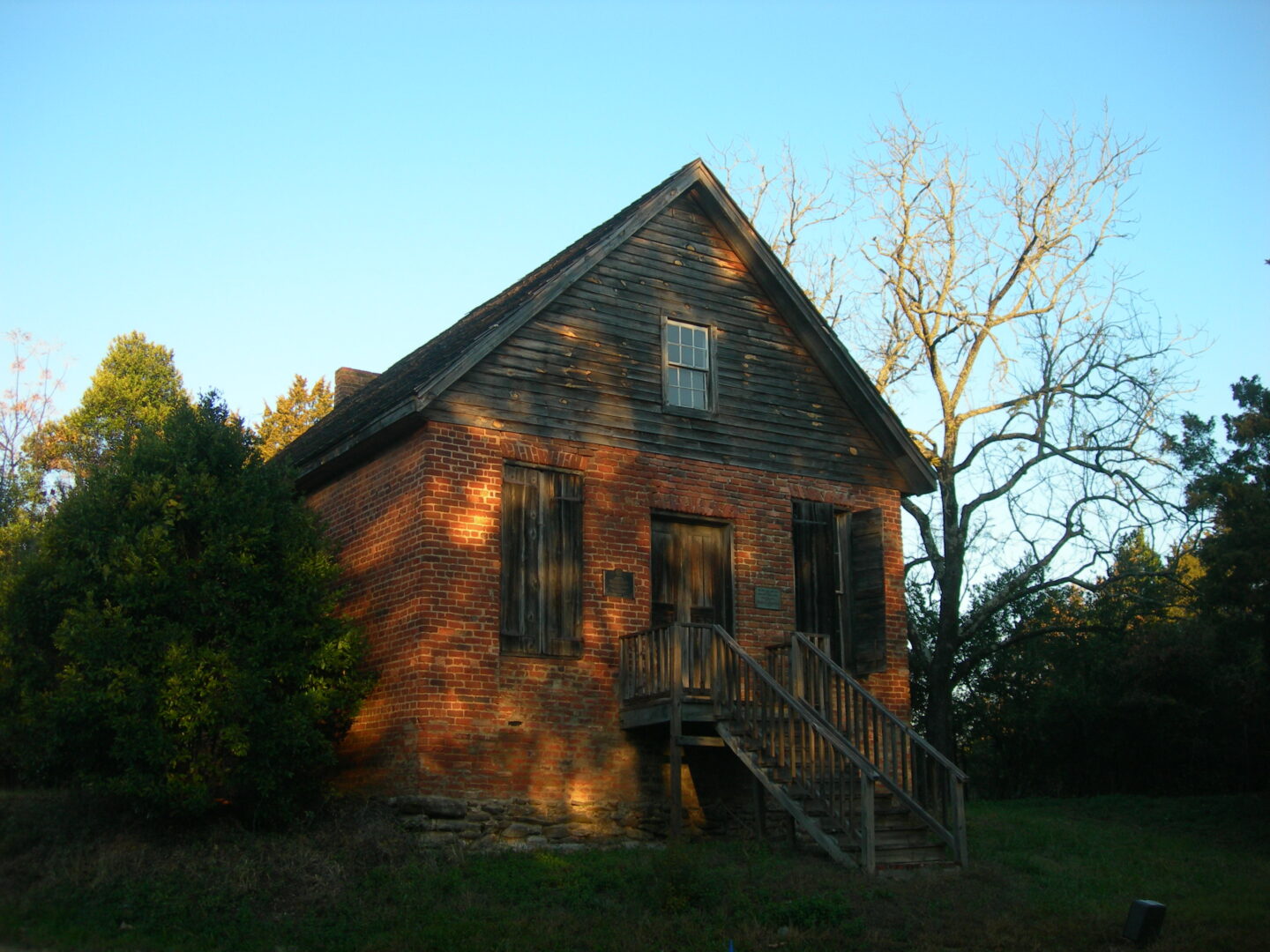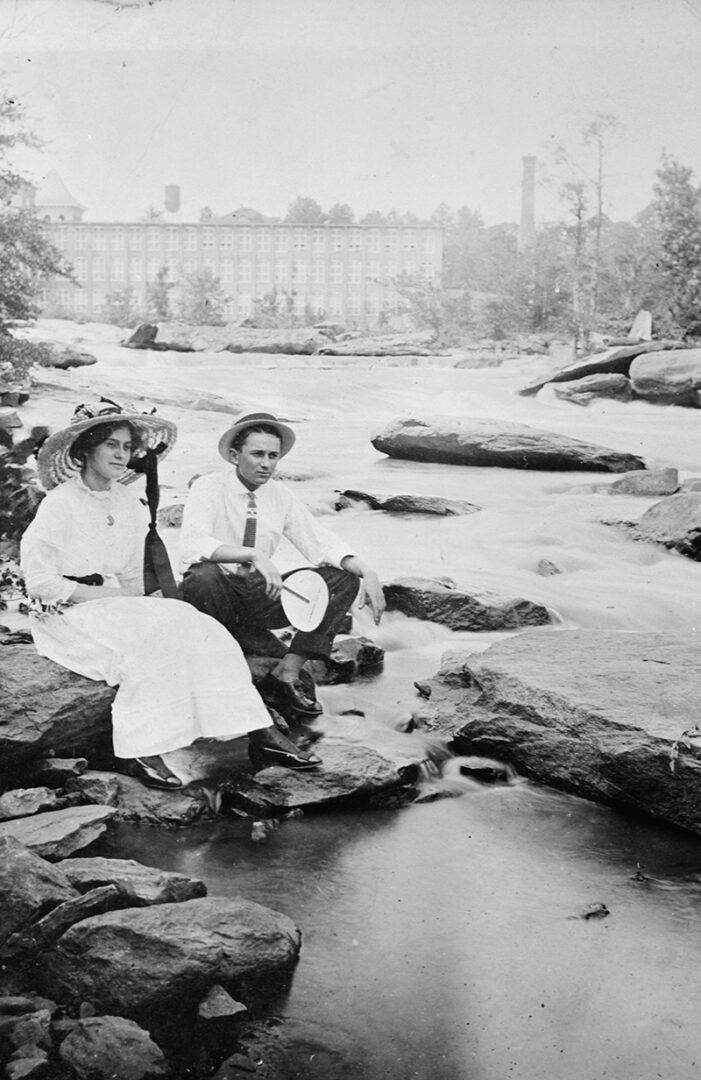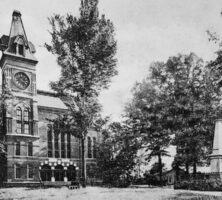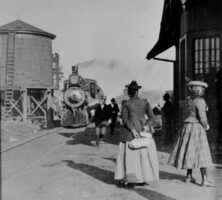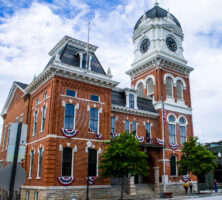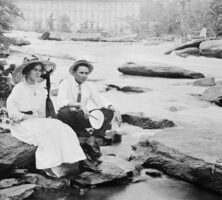Newton County lies approximately thirty miles east of Atlanta along Interstate 20. Its irregular star shape encompasses 276.4 miles. Named for Sergeant John Newton, a Revolutionary War (1775-83) hero, the county was formed on December 24, 1821, from parts of Henry, Jasper, and Walton counties. In 1821 the center of the area’s activity was a settlement called Winton at the Brick Store, a general store and stagecoach stop. The Brick Store still stands, but U.S. Highway 278, which alternately parallels and crisscrosses the newer Interstate 20 eastward to Augusta, now lies over the stagecoach route.
State law required that the seat of the new county be as close as possible to the geographical center of the county, so a site between the Ulcoufatchee (later Alcovy) and Yellow rivers was designated the county seat, and the surrounding lots were auctioned. Dried Indian Creek, so named from the settlers’ discovery of the body of an Indian tied to a tree and dried by the sun, crossed this land. The new town was named Newtonsboro, but eight months later, in December 1822, the name was changed to Covington, in honor of General Leonard Covington, a hero in the War of 1812 (1812-15).
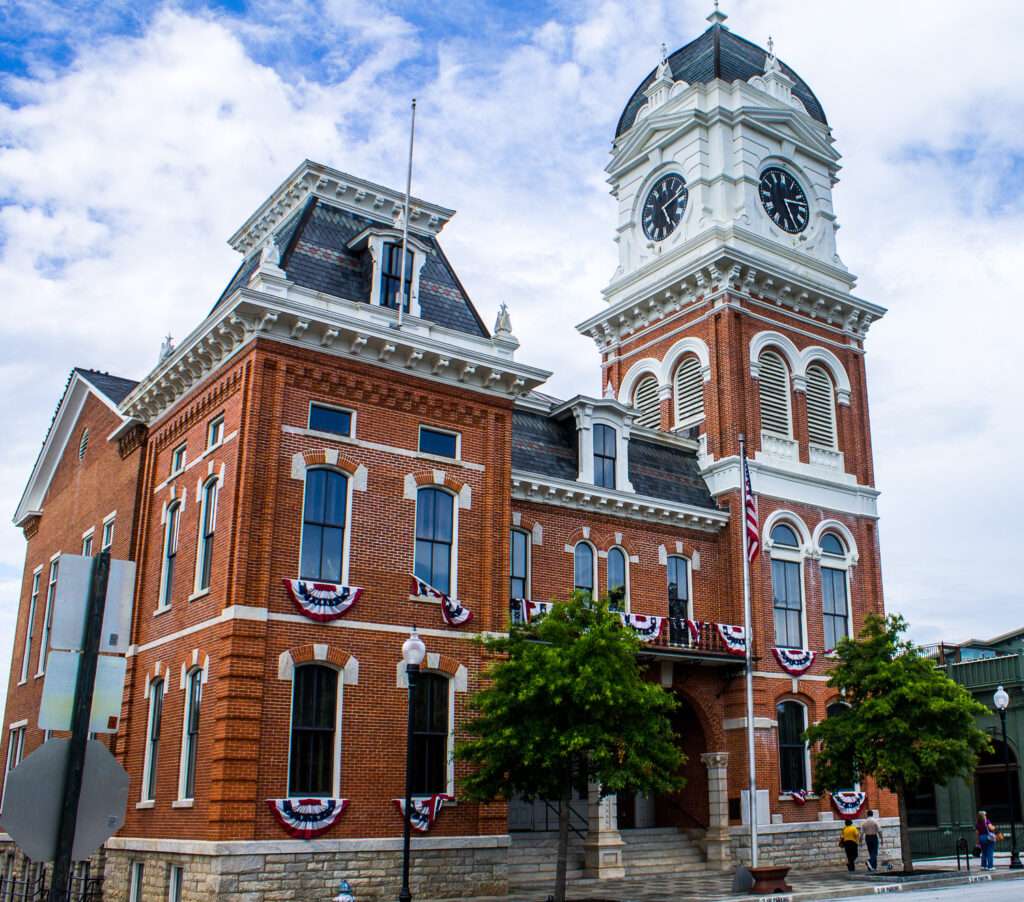
The county’s other incorporated towns date from throughout the nineteenth century. Newborn was settled around 1819 while still part of Jasper County. Porterdale, settled in the 1820s to establish a foundry, held to its industrial roots until late in the twentieth century, when its large textile mill finally closed. Oxford was incorporated in 1839 to support Emory College, chartered in 1836; a second campus, opened in Atlanta in 1919, became Emory University, and the original campus is now called Oxford College of Emory University. Mansfield flourished from about 1896. Newton County’s unincorporated areas today are Almon, Brick Store, Cornish Mountain, Dial Town, Gum Creek, Magnet, Rocky Plains, Salem, Starrsville, and Stewart.

In 1864 Union general William T. Sherman and his troops passed through Covington and Oxford on the way to Savannah. Numerous historical markers in the county attest to related events, and several well-known written accounts describe this period.
Newton County has had a railroad since 1836, when planters, mill owners, and professional men organized a line from Madison, east of Covington, to the Chattahoochee River near Atlanta. This route is still heavily traveled by long freight trains. Covington Municipal Airport, located near a large industrial park north of Covington, provides facilities for small planes, and I-20 offers easy access to Interstates 75 and 85, and to Atlanta’s Hartsfield-Jackson International Airport. Though the cotton plantations are long gone, some farms remain in the county. Due to the location, transportation connections, and ready labor force, many employers find the county appealing.
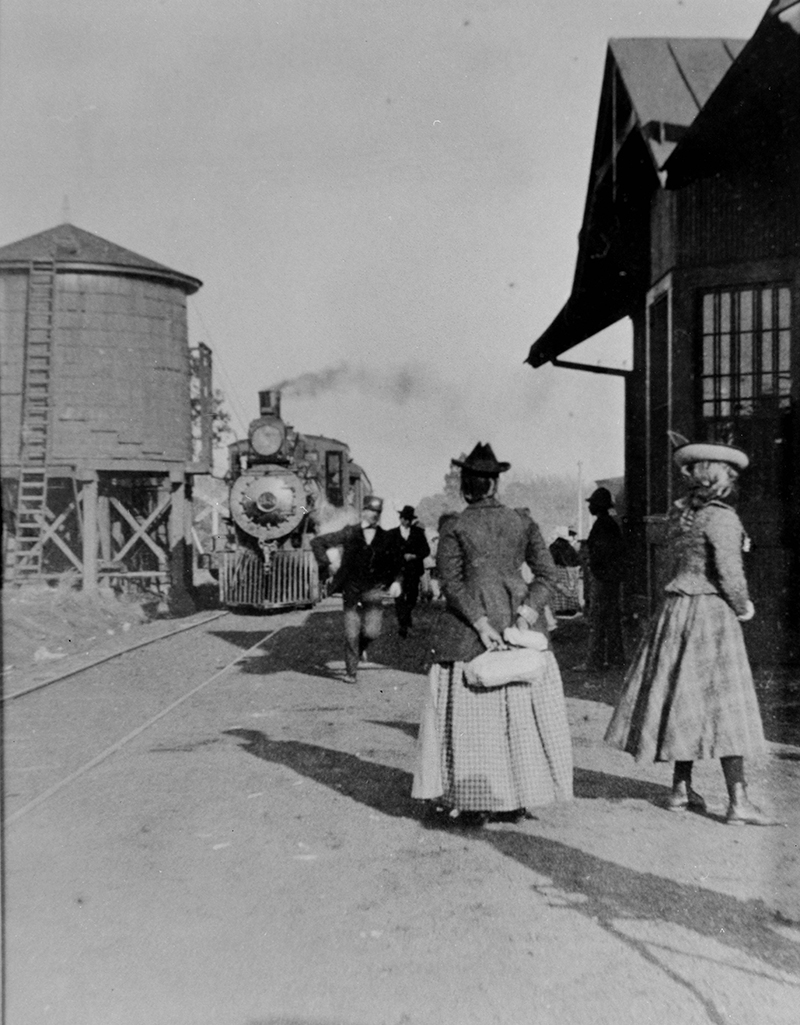
The county’s population has steadily grown since the mid-twentieth century. According to the U.S. census, the population in 2020 was 112,483, an increase from the 2010 population of 99,958. Farmland has been supplanted by housing developments, as families have moved in either to work in the county’s industry or to commute to jobs in Atlanta.
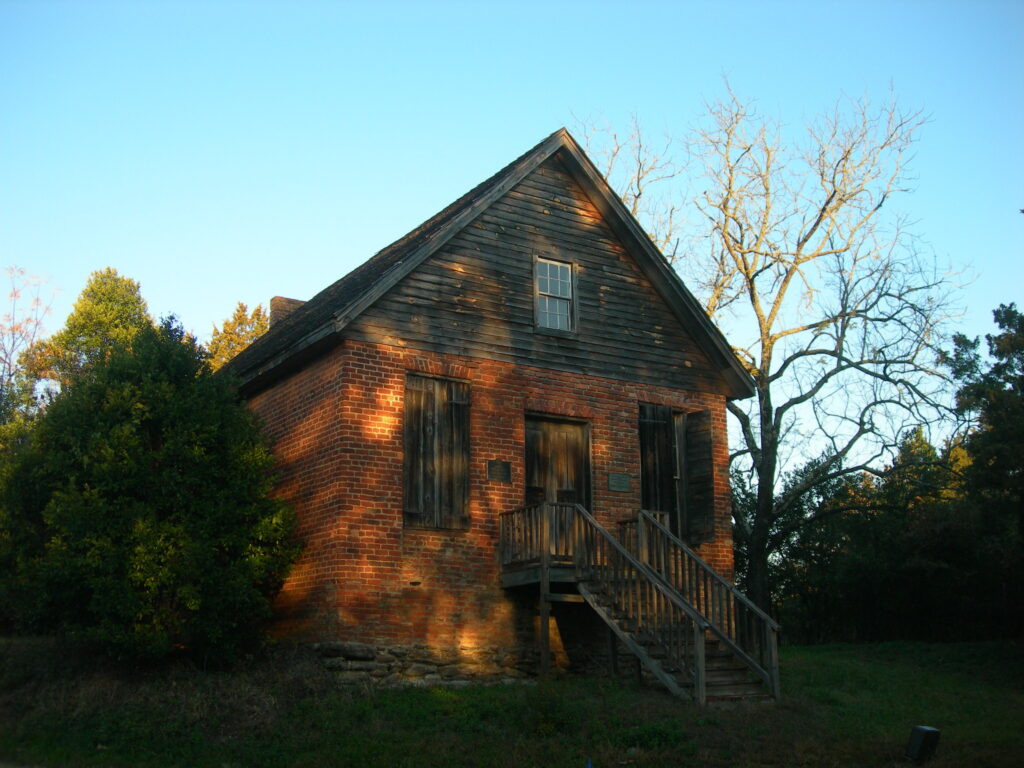
In recent years Newton County’s landmarks and landscape have become recognizable to people across the United States. Two popular television series of the late twentieth century, The Dukes of Hazzard and In the Heat of the Night, were filmed in the county, as were scenes from various motion pictures, including My Cousin Vinny (1992), and several television specials.






